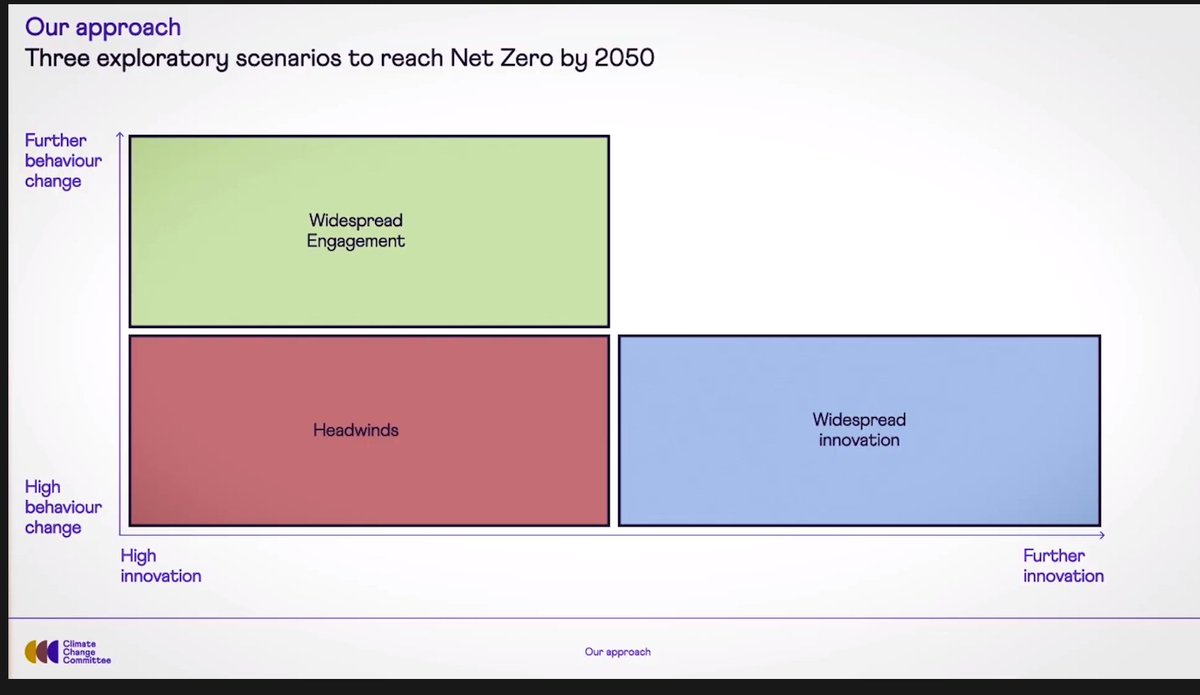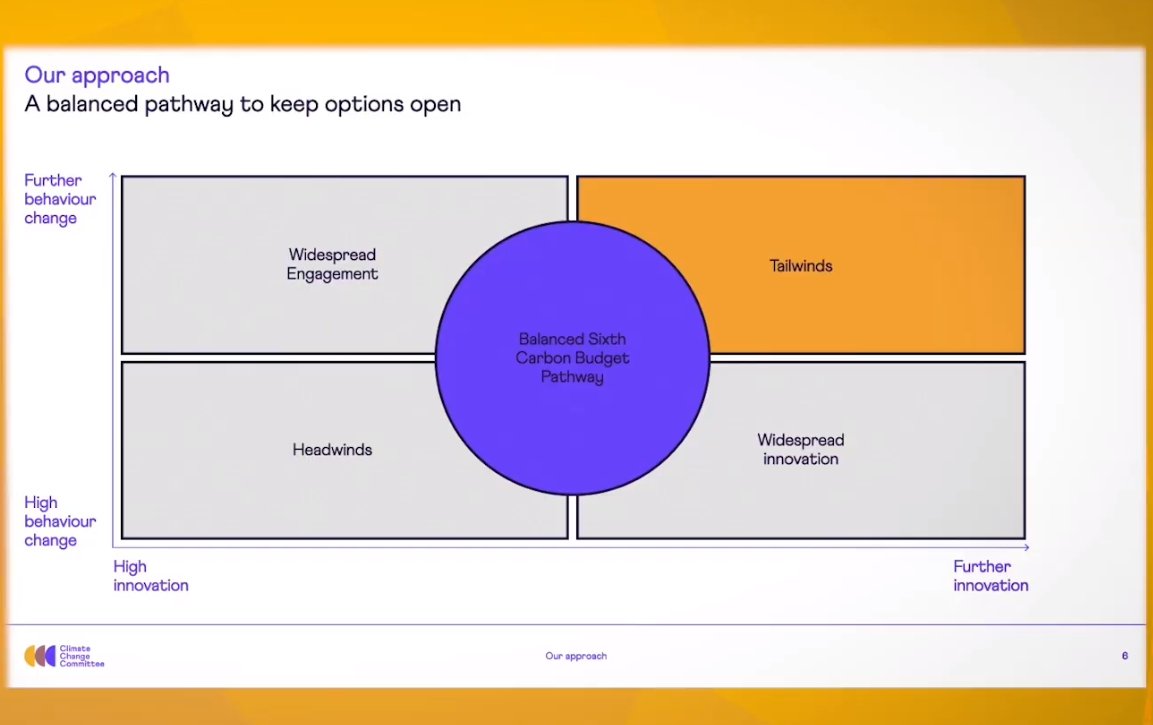(2/9)








Just 15 mins until the launch event for our new advice to Government on the Sixth Carbon Budget. If you haven\u2019t registered, you can watch live on YouTube from 10am. Link: https://t.co/PjlcIDSYEC #UKCarbonBudget pic.twitter.com/1zOTfmxDVp
— Climate Change Committee (@theCCCuk) December 9, 2020


Rising CO2 levels mitigate drought impacts. Elevated CO2 (eCO2) helps plants use water more efficiently, by improving CO2 stomatal conductance relative to transpiration. It's especially helpful in arid regions & during drought. Here's a paper about corn:https://t.co/lZ0wL4Gnvn
— Dave Burton \u274c (@ncdave4life) August 19, 2020

